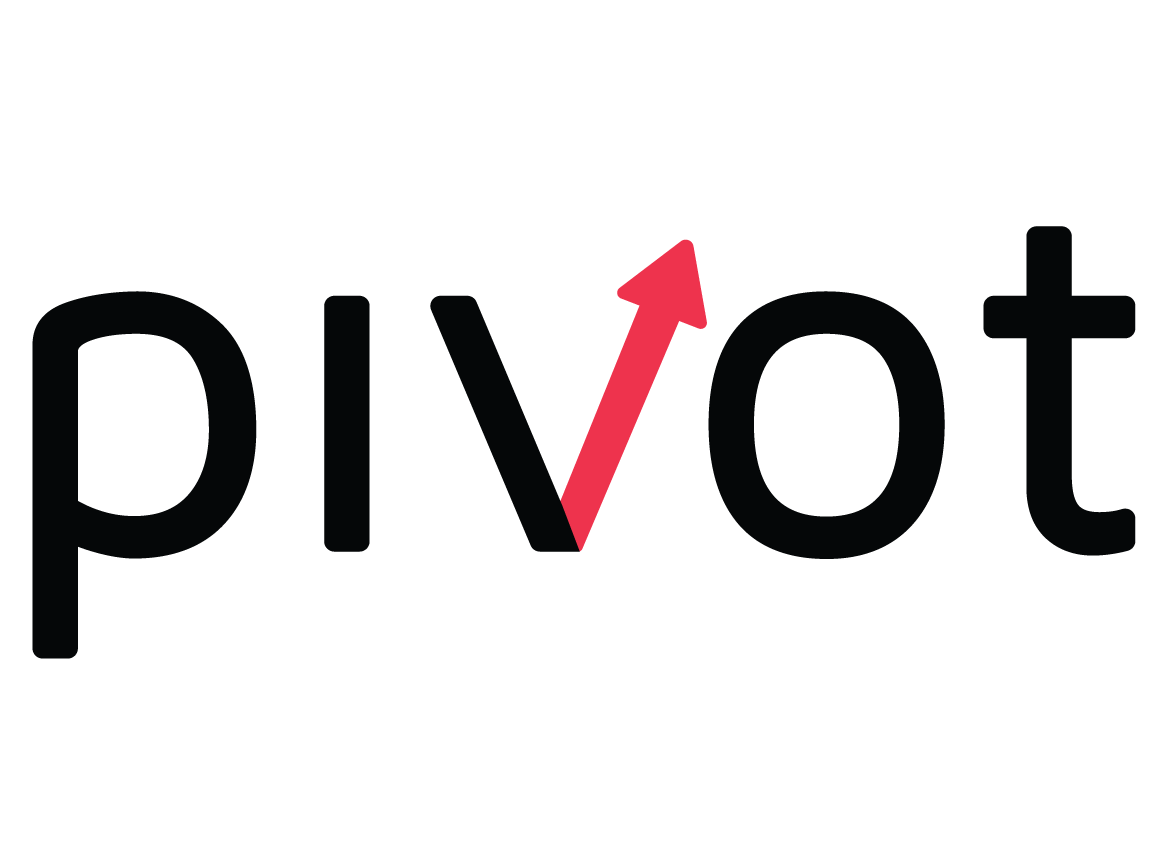Keeping Your Team Afloat… Both Mentally and Physically
The mental and physical well being of your team is crucial to your overall mission for your
company. And this probably comes at no surprise to you. But how exactly do you encourage
this behavior amongst your team members.
As a team leader for a start-up, small company or even a large corporation, you are no doubt
familiar with the high demands of quality leadership. It is important to stay on top of the big
picture, identify the immediate tasks, and delegate them to the right people.
And while you recognize the high demands on yourself, you may be neglecting the well being
of your team. We know you would never purposefully put your team in harms way. But let’s
face it, sometimes we just don’t see what’s going on right in front of us.
It may not be your fault, but it is your responsibility as a leader to recognize any issues
involving your team. And in doing so, you are boosting morale and overall productivity.
The following ideas and best practices should help you stay on track and mange the well being of your team more effectively.
Avoiding Burnout

In this particular case, burnout refers to mental exhaustion. Once your team members reach
the end of their rope, and they completely burnout their productivity is virtually non-existent.
And in some cases it takes more than a night off to recuperate. We’re talking full on vacation
mode and possibly even therapy to get back on track.
But there are more subtle stages of the process to consider. And if you can manage these
stages effective
The Point of Diminishing Returns
You may have heard of diminishing returns in reference to finances and investments. It simply
means the level of profits or benefits are no longer worth the amount of money invested.
We can look at this same scenario in the world of mental focus and productivity. The most
common example would be high school and college students “cramming” for exams. There is
a point at which they simply cannot absorb more information. And the effort far exceeds the
benefit.
It’s the exact same with you and your team. Your efforts to meet a deadline, or improve
product design, or revise your marketing strategies only prove beneficial for a certain amount
of time.
Eventually the brain needs a break. And a good night’s sleep or even just a 10-20 minute time
out to think about something else will do wonders to recharge your productivity
Below are a few ideas for a quick reset. Sprinkle in these breaks for you and your team as
much as possible throughout your workday. Frequent breaks will do wonders to keep
productivity high and avoid those diminishing returns.
1. Get up and move—Stretch, walk around the office, walk around outside… anything to get
up and around for a few minutes. Our bodies were designed to move, not sit in an office
chair for 8-12 hours a day.
2. Water breaks—Our bodies are 90% water and we’ve got to stay hydrated throughout the
day. Use it as an excuse to take a quick break. It’ll let everyone’s minds shut down for a
moment and also keep those energy levels high.
3. Creative time—Schedule one or two creativity breaks during the workday. This doesn’t
mean work related creativity… just the opposite. Encourage your team to take some time
and do something artistic like drawing or coloring (they do make adult coloring books you
know). You might even experiment with a group jigsaw puzzle.
The brain works in mysterious ways. And when we take time to let it shut down for a bit and
maybe even activate the creative side… it actually boosts productivity in the logical, analytical
side.
It’s as if your subconscious mind stays active on the task at hand while your creative mind
takes over for a few minutes.
And in most cases you come back with a storm of new ideas and solutions you may have
never thought of otherwise.
Decision Fatigue
Decision fatigue is a relatively new theory. It basically states that every decision we make uses up energy. And there are a finite number of competent decisions we are capable of in any given day.
Therefore, some team leaders and champions of productivity have begun to experiment with
the way they organize their day.
With respects to the power of decision fatigue, it helps to put the team’s most important and
critical decisions earlier in the day. And then, of course, save the less important decisions for
the end of the day.
Everyone is different and results will surely vary. But the idea of decision fatigue is certainly
worth experimenting with.

The Effects of Diet and Exercise
We all know that we should exercise and eat right. And it goes without saying that the more
attention we give to diet and exercise, the better we feel. And when you feel better you have
more energy. Then, more energy leads to higher productivity and an overall improvement in
our quality of life—both in and out of the workplace.
The problem is… it’s way easier said than done.
Why is it so hard to stick to a regular routine? There are most likely hundreds of reasons. But
among the most important and logical reasons is that we are creatures of habit. And once
those bad habits are established they can be a nightmare to change.
It’s easy to fall into a routine that evolves around convenience. And this is especially true for
the modern day professional.
With the majority of our thoughts revolving around work and productivity, we let simple things
like diet and exercise slip through the cracks.
You’ve probably noticed that feeling right after lunch… you know, the instant energy drain and
then all you can think about is a nap? Sure, we’ve all had that feeling.
But the thing is, that’s not supposed to happen. Eating should give us energy, not take it away.
And when it does, it’s usually a sign that we ate something wrong or we ate too much.
It’s not so easy to change our exercise and eating habits, but even small changes can be a
huge help.
For example, try bringing in fresh fruit and veggies for the team to snack on rather than the
traditional box of doughnuts. Remember, convenience is a major factor in determining our
habits. And when we get busy at work, we naturally eat whatever is closest and takes the least amount of effort.
And on the exercise front, you could try organizing a 20-30 minute group walk once a day.
People are more likely to do it if it’s a group effort.
And why not schedule it right after lunch? Because walking aids digestion, and that could
dramatically reduce the effects of the post lunch crash.
If It’s in The Budget
While there are plenty of inexpensive, or even free, things to do to protect the mental and
physical well being of your team. You might want to consider setting aside a budget to invest
in your team’s health.
It doesn’t have to be a large amount, or even a frequent expense. You could do anything from organizing a group fitness day once a month to offering paid gym memberships for your employees.
And on the mental side of things you could invest in mental awareness training. This could be
something as simple as distributing free copies of a popular book on the subject. Or you could
go as far as taking the whole team on a weekend meditation retreat… assuming they’d be on
board with such a thing.
The bottom line is that your team’s mental and physical health are absolutely essential to the
health of your company. There are countless ways you can get involved and encourage
healthier habits for your team’s sake.
But at the end of the day, it’s the little things that matter. Show your team that you care about
their well being and have an open door policy when it comes to experimenting with methods
for improving it.
They’ll thank you for it, it’ll show in their productivity and work contributions, and it will bring
you all closer together as a team.

